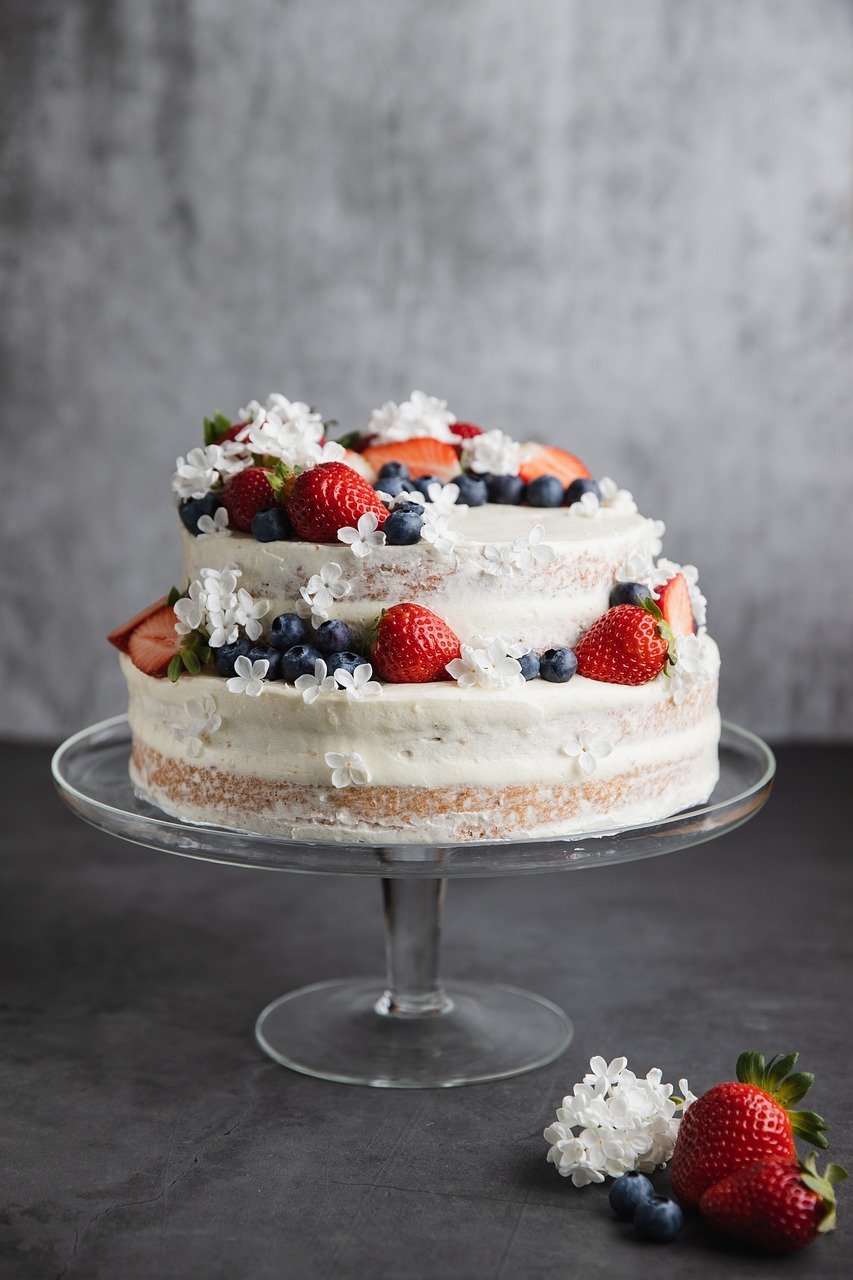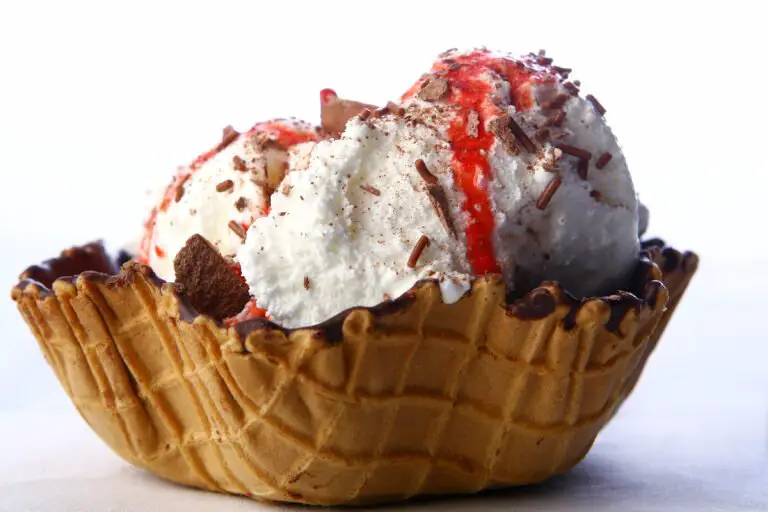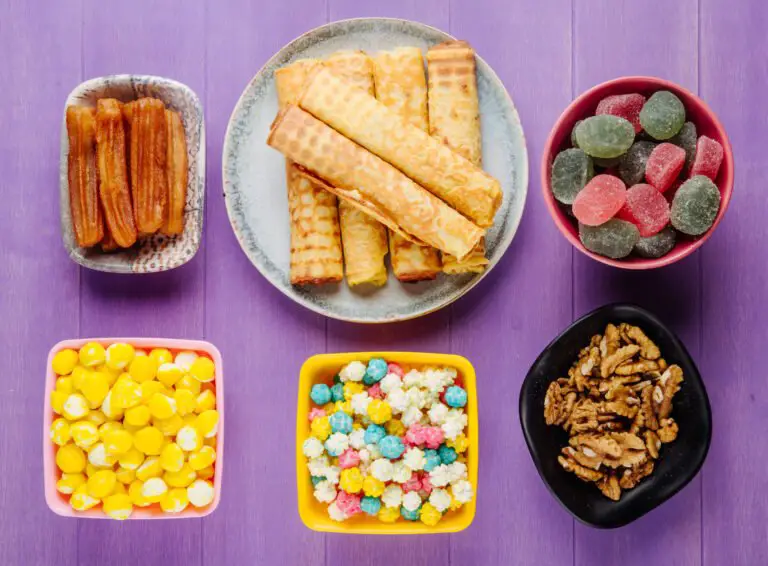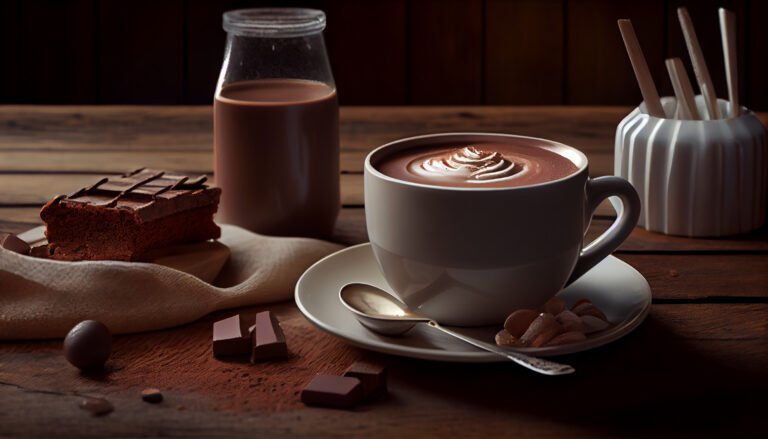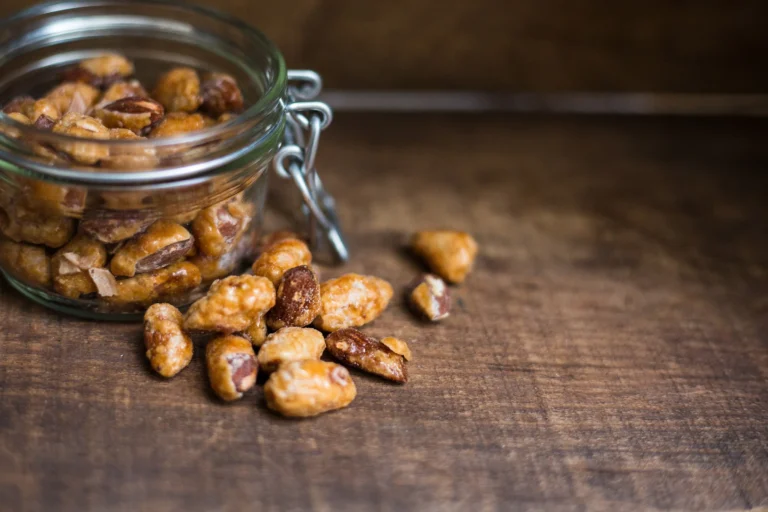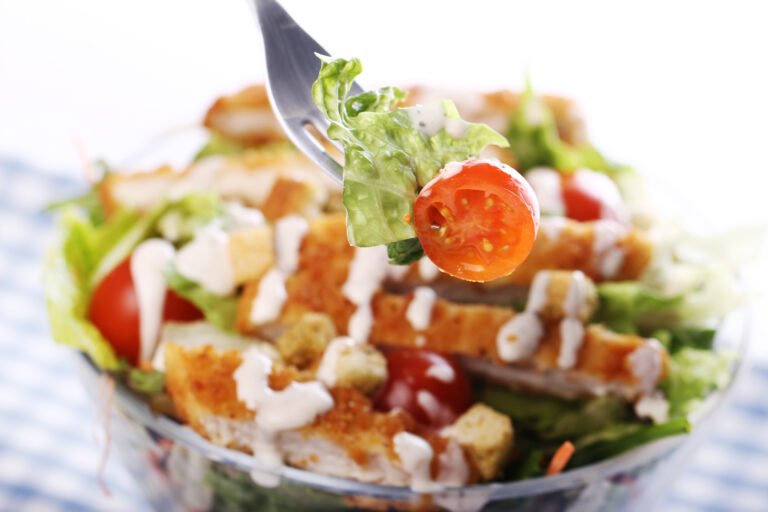Healthy Baking with Love -Investigate the World of 3 Baking Techniques
The World of Healthy Baking with Love. Survey baking techniques, history, and tips to create nutritious and delicious baked goods.
What is Baking?
A method that uses dry heat, in an oven. It also uses heated stones, a technique practiced in certain parts of the world. Unlike other methods such as boiling, transfers heat gradually from the texture of the food.
It makes a fresh, firm external layer while keeping a gentler, delicate inside. An illustration of a heated decent is bread yet cakes, treats, pies, and exquisite dishes like meatloaf and lasagna are also utilizing this strategy.
Science Behind Baking:
Baking is a precise science that includes the interaction of heat with ingredients to create specific surfaces and flavors. Food is exposed to heat, it undergoes several chemical reactions including:
Caramelization:
The sugar in the food breaks down, resulting in a golden-brown color and sweet flavor.
Maillard Reaction:
Protein and sugars in the food at high temperatures create complex flavors and the surface of heated merchandise.
Leavening:
Fixing like baking powder, and yeast makes gases that prompt spread to rise, bringing about a light, vapor’s surface.
Types of Baked Goods:
Bread:
Bread is the most important baked item in human history. From simple flatbreads to intricate sourdough loaves, mixing flour and water, allowing it to rise, and baking it is universal.
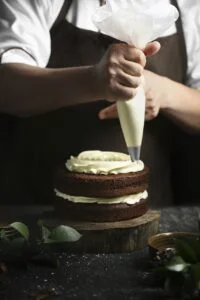 Cakes and Pastries:
Cakes and Pastries:
Cakes and pastries are popular items in baking. They involve more delicate processes, with ingredients like eggs, butter, and sugar playing a role in the final texture and flavor. Cakes are soft and moist inner, while pastries range from flasky to dense and rich.
Cookies and Buscuits:
Treats and bread rolls are little heated treats that have a crunchy surface. These are high in sugar and fat and prepared into desserts, fresh tidbits that are cherished across the globe.
Savory Baked Foods:
Baking is not only for sweets. Meat dishes such as baked meatloaf and savory pies are all examples of baking used in savory cooking. Baking adds flavors while retaining moisture inside the food.
Techniques and Tools in Baking:
Role of Heat:
The temperature of the oven determines the baked goods. Low temperatures are used for slow-cooking meat items like custards, while high temperatures items require a quick rise and crispy, like bread and pastries.
Special Techniques:
Baking includes various techniques to make sure food does not dry out or overcook. Some methods include:
Baking en route:
This includes wrapping food like meat or fish, before baking. The pastry helps keep the food inside moist and flavorful.
Baking en papillote:
French techniques where food is baked in parchment paper, allowing it to steam in its juices.
Bain-marie:
Utilize to bake delicate dishes like custards or cheesecakes.
Baking Tools:
The right instruments are critical to fruitful. Things like blending bowls, measuring cups, baking containers, and spatulas are fundamental. Instruments like stand blenders, baked good brushes, and funneling sacks open more prospects.
History of Baking:
Early Origins:
The earliest forms of baking are traced back to ancient civilizations. In Egypt, bread baking using yeast was practiced around 2600 BCE. Ovens from this era have been discovered, proving that baking was already a sophisticated craft.
Roman Influence:
Baking flourished during the Roman Empire when baking became a respected profession. Romans loved hosting large banquets and pastry chefs, highly prized for their ability to create diverse breads and cakes.
Rise of Commercial Baking:
The baking was intensely managed with regulations guaranteeing the nature of bread and other prepared products. Baking spread to Asia and different regions of the planet where new methods and fixing were integrated.
Baking in Modern Times:
Industrialization of Baking:
The industrial revolution came from the mass production of baked goods. Factories equipped with machines that mix dough, proof bread, and bake it in large ovens revolutionized the industry.
Baking at Home:
Home baking remains a cherished activity. Baking at home allows for creativity, relaxation, and the ability to produce food that’s both delicious and made with love. Children baking cakes for special events.
The cultural importance of Baking:
Baking as a Social Activity:
It is a social activity, that brings people together for celebrations and religious events. Bread has deep religious symbols in many cultures, and cakes for birthday parties and weddings.
Baking Across the World:
Different cultures develop their baking traditions. In France, pastries, while in Italy Pizza and focaccia are famous baked items. Middle Eastern countries are known as pita, while in the United States, cookies, pies, and cakes dominate the baking scene.
Conclusion:
Baking is a method of cooking. It is an art, science, and tradition. The complex techniques used in modern bakeries, and have evolved but remained a constant in human life. Celebration baking practice in homes and bakeries around the world. Its ability to bring people and create delicious, comfort foods ensures that it remains a cherished craft for generations.
